Land for women
The project aims to establish two new climate-smart agricultural cooperatives in Gasabo District, for 60 destitute women farmers, enabling them to become the legal owners and managers of the land they are farming. By the end of the project, 60 women, their families and communities will be lifted out of poverty, thanks to the economic empowerment of the women. In addition, they will have improved food security, nutrition and health thanks to the produce from the cooperatives. Training in climate-smart agricultural practices will protect the environment and promote the sustainable management of natural resources. The women will also receive training and education in order to gain knowledge, develop skills and increase self-reliance. The project is designed in such a way that support from Legacy of War Foundation will diminish over time as the women gain independence and financial stability.
Founded in 2017, Legacy of War Foundation (LOWF) is a UK based charity. It aims to help individuals and communities rebuild their own lives after the trauma of war.
News
Type
Health / Education / Environment / Community DevelopmentDuration
October 2023 - September 2028Location
Gasabo / RwandaWith whom
Legacy of War Foundation
Website
www.legacyofwarfoundation.com
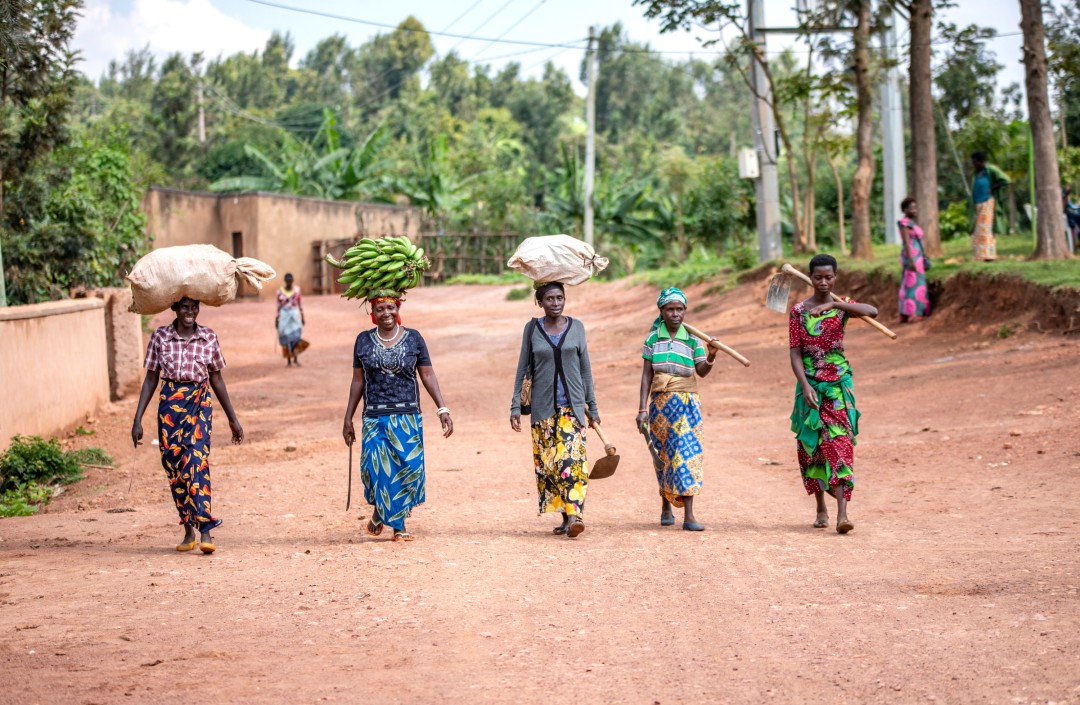
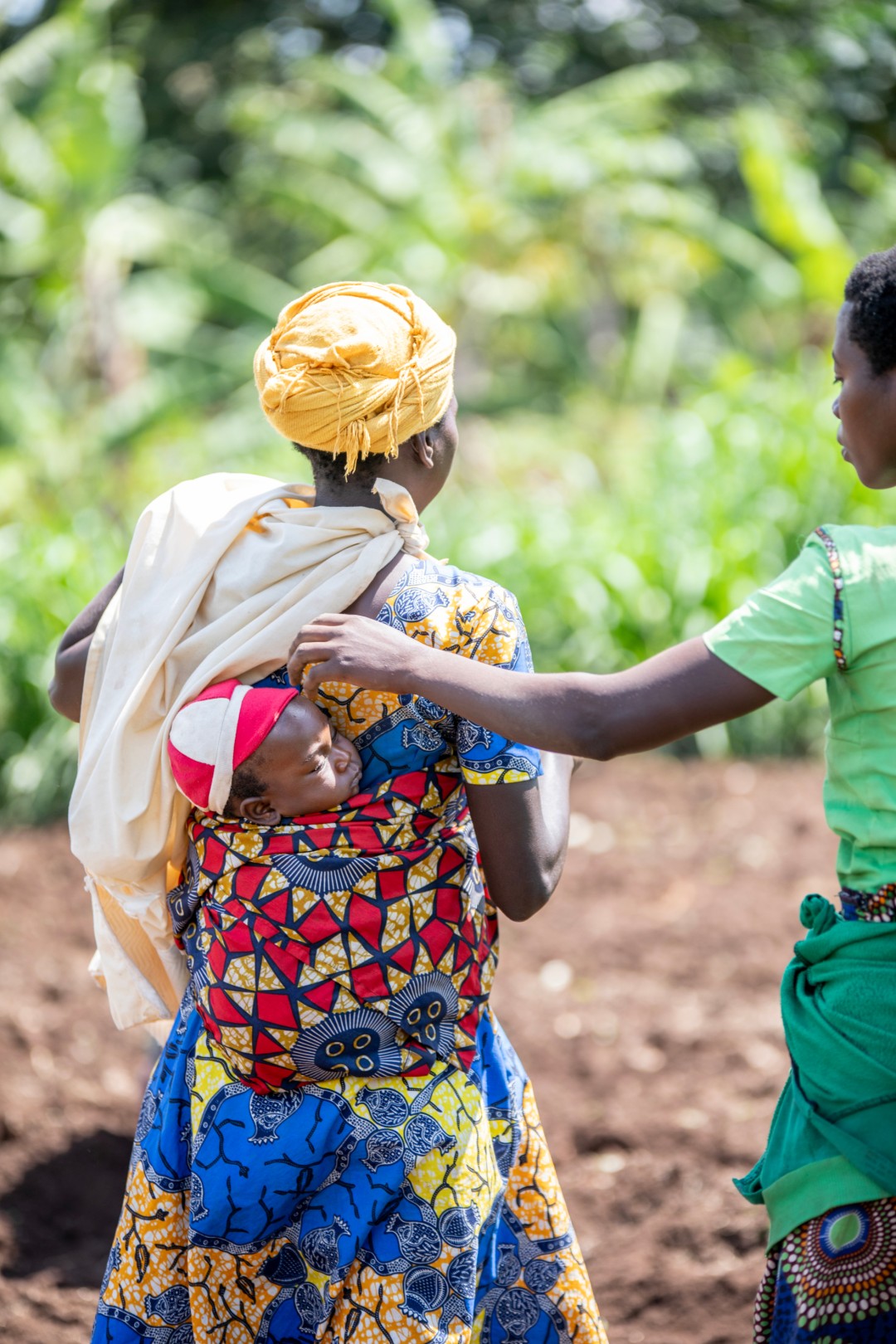
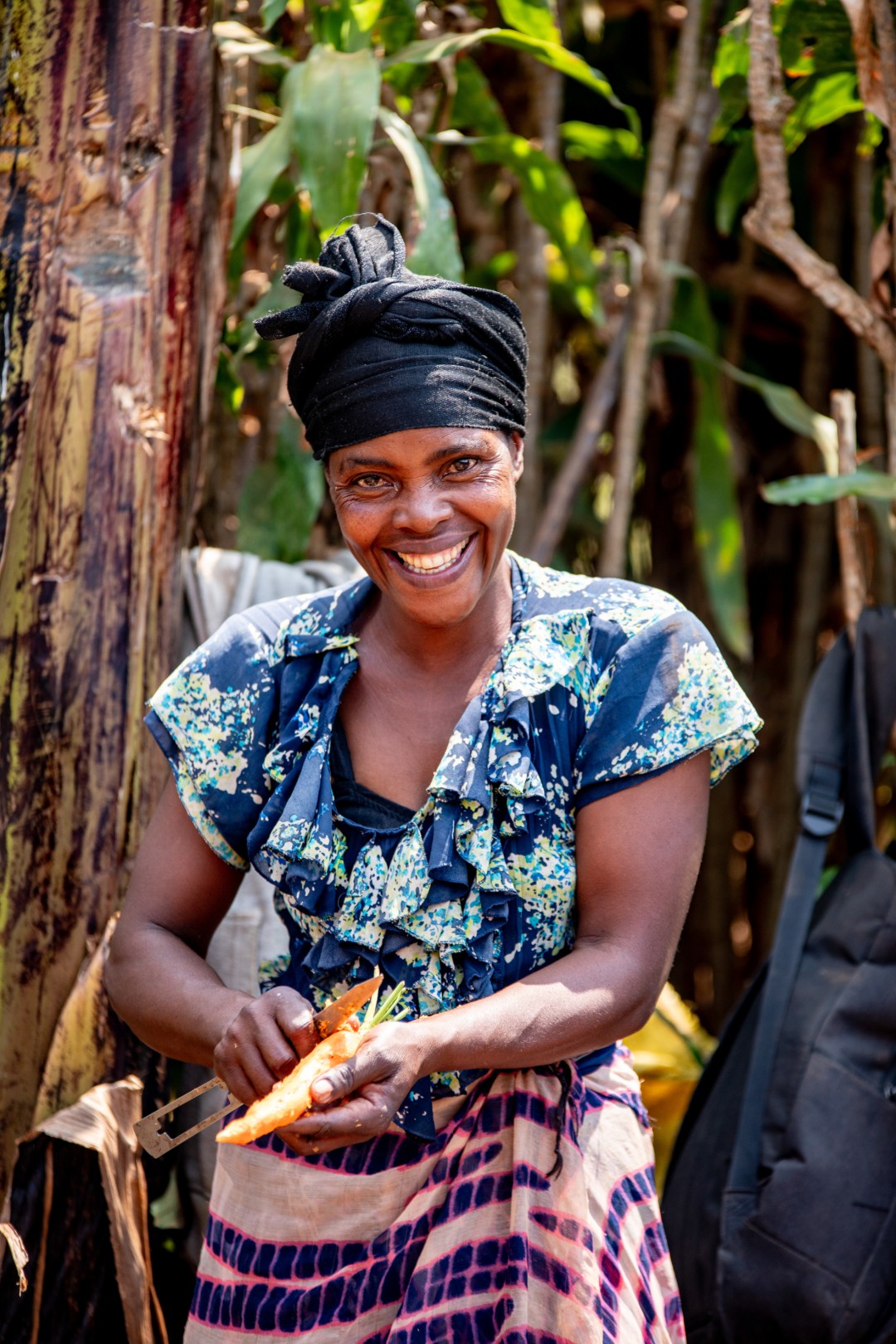
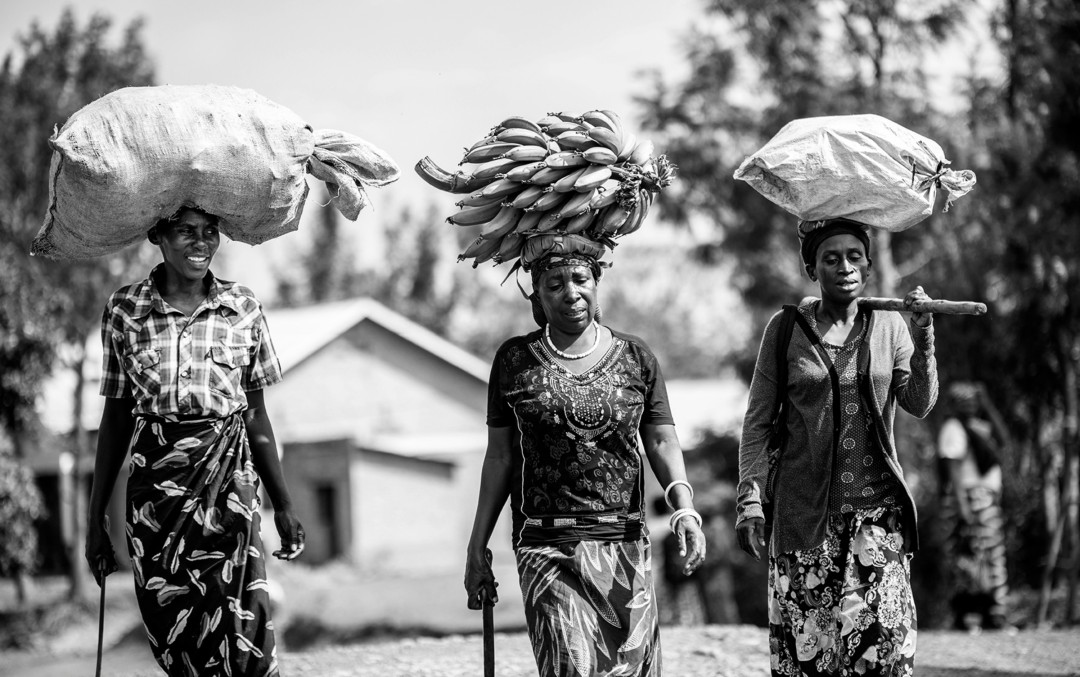

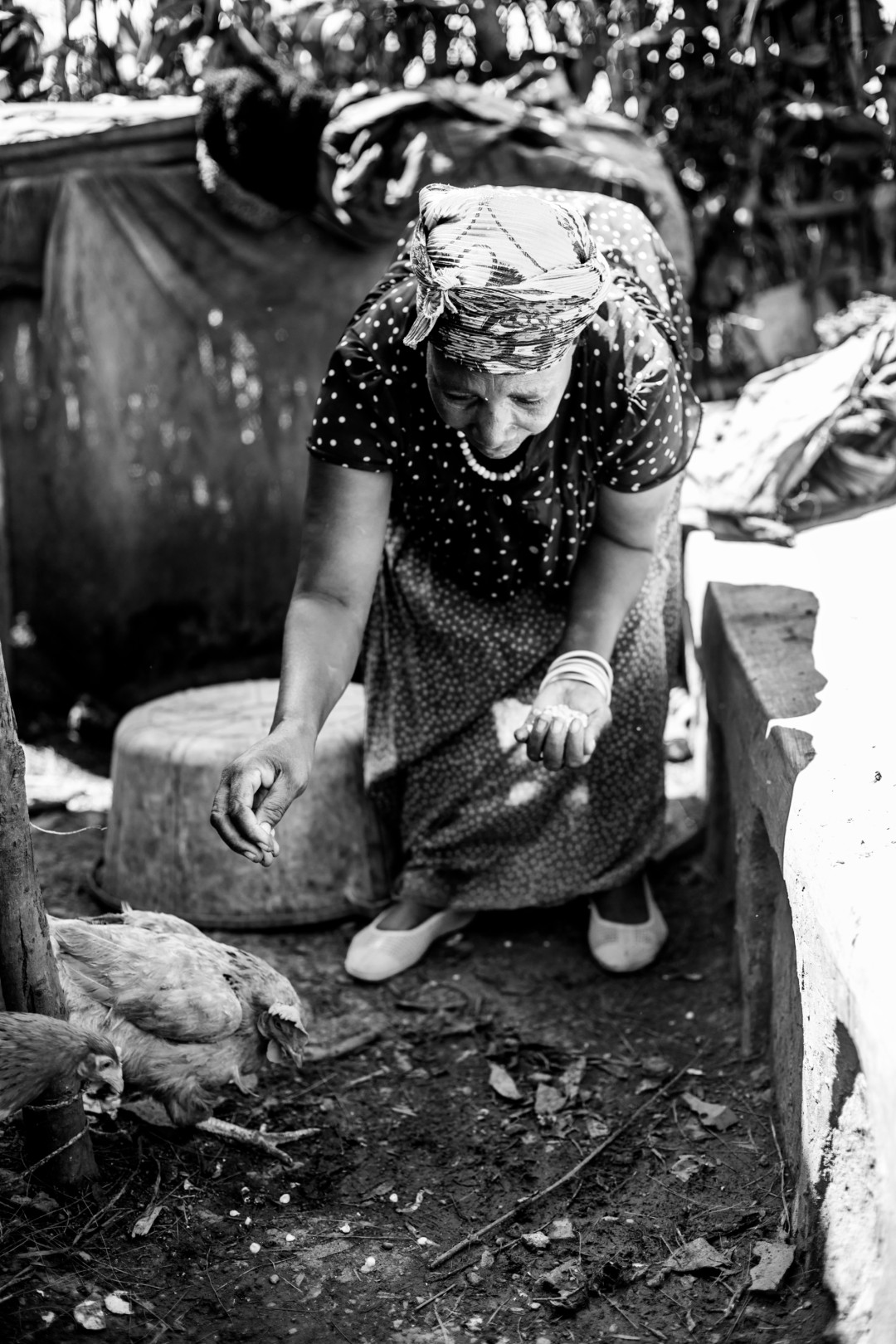
Rwanda
Population
12.2 million (2017)
Per Capita Income
USD 720/year (2017)
Poverty rate *
39% ( 2014)
Literacy rate
68%(2016)
Human Development Index
158th out of 189 countries (2018)
Rwanda has achieved impressive development progress, since the 1994 genocide and civil war. The percentage of people living under the poverty line has dropped from 57% in 2006 to reach 39% in 2014. There has been a two thirds drop in child mortality and near-universal primary school enrolment has been achieved. However, the HIV/AIDS epidemic still dominates Rwanda’s health profile, despite a decline in prevalence of diseases such as tetanus and malaria. Although rates of chronic malnutrition among children under five have improved and are down from 43% in 2012 to 37%, they remain high. Households headed by women or orphans make up 36% of the population.
Sources: World Food Program, UNICEF, World Bank, 2016 Human Development Report, Human Development Indices and Indicators (2018 Statistical Update)
*The percentage of the population living below the national poverty line.